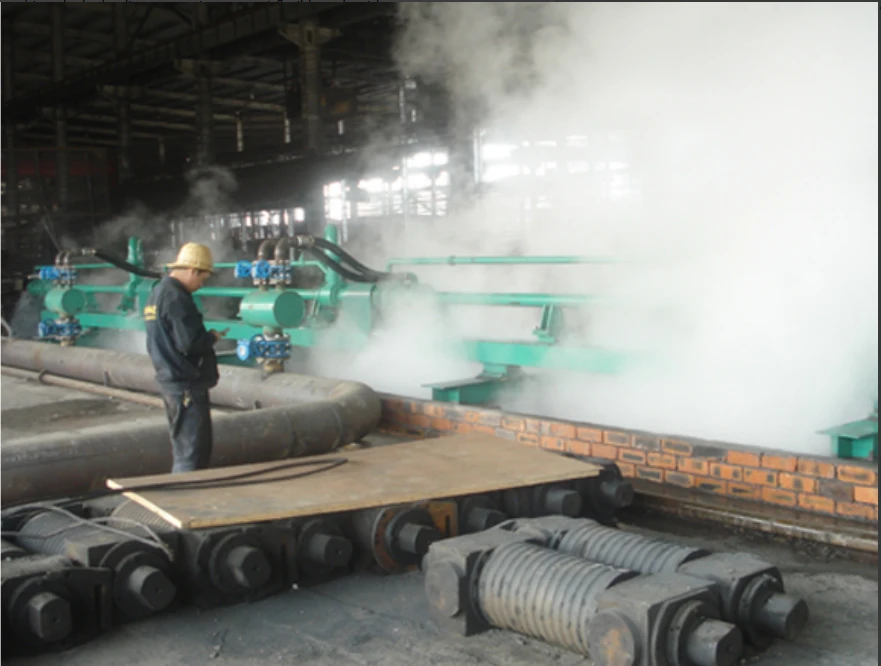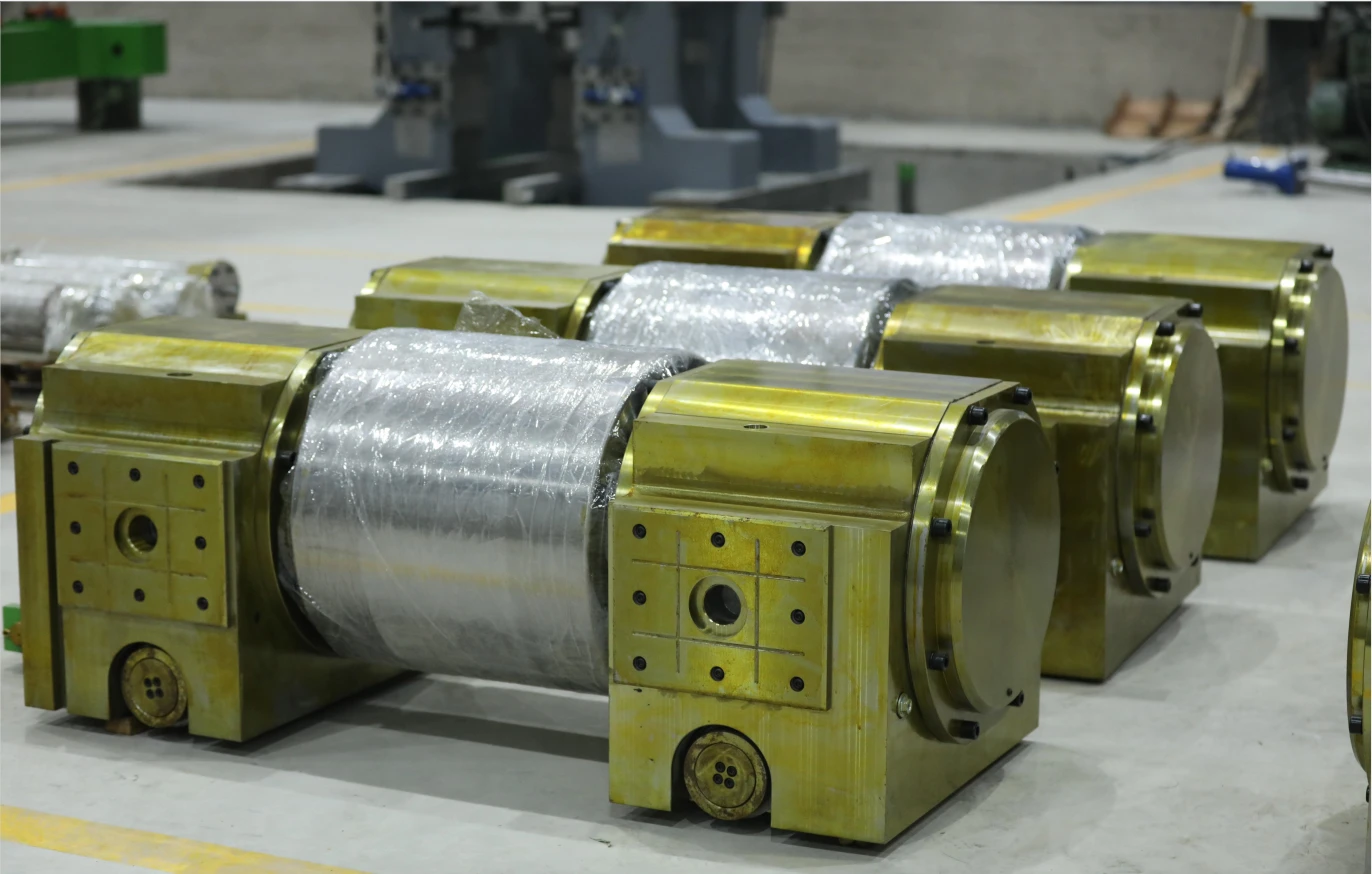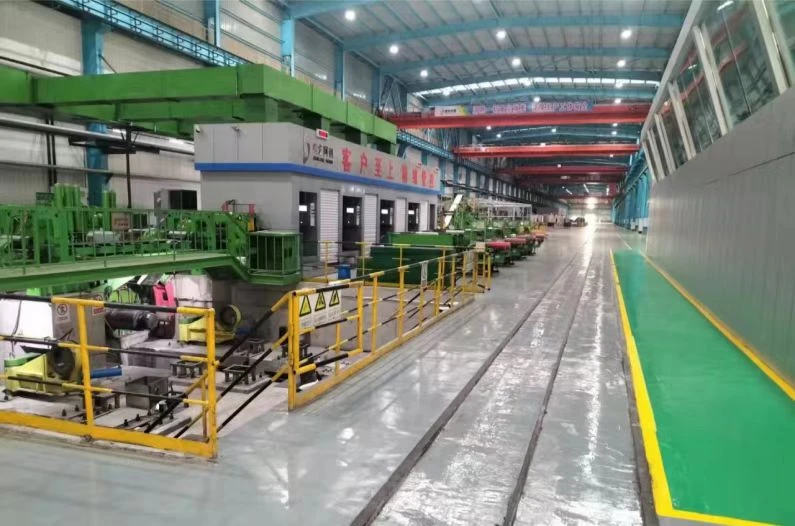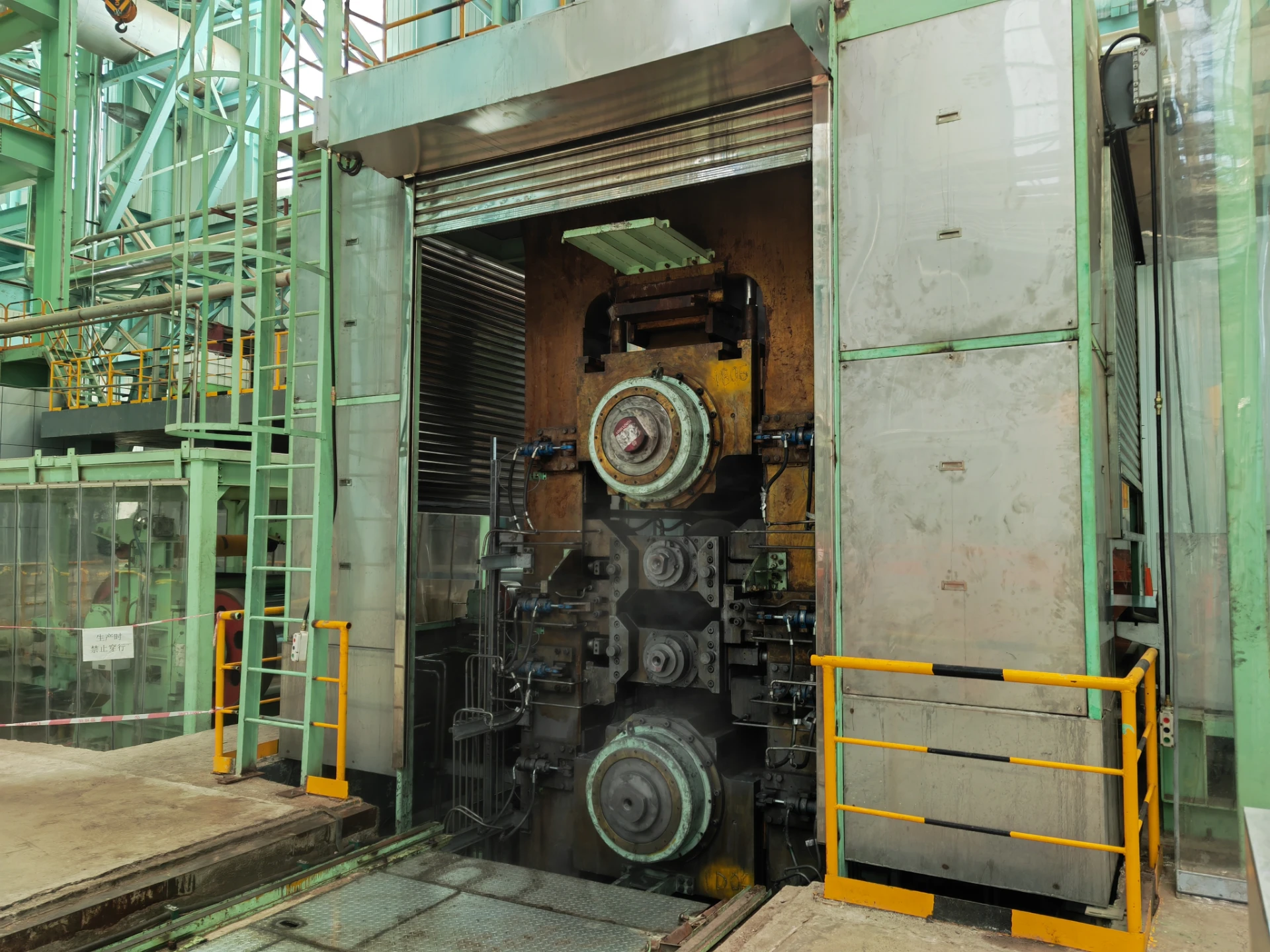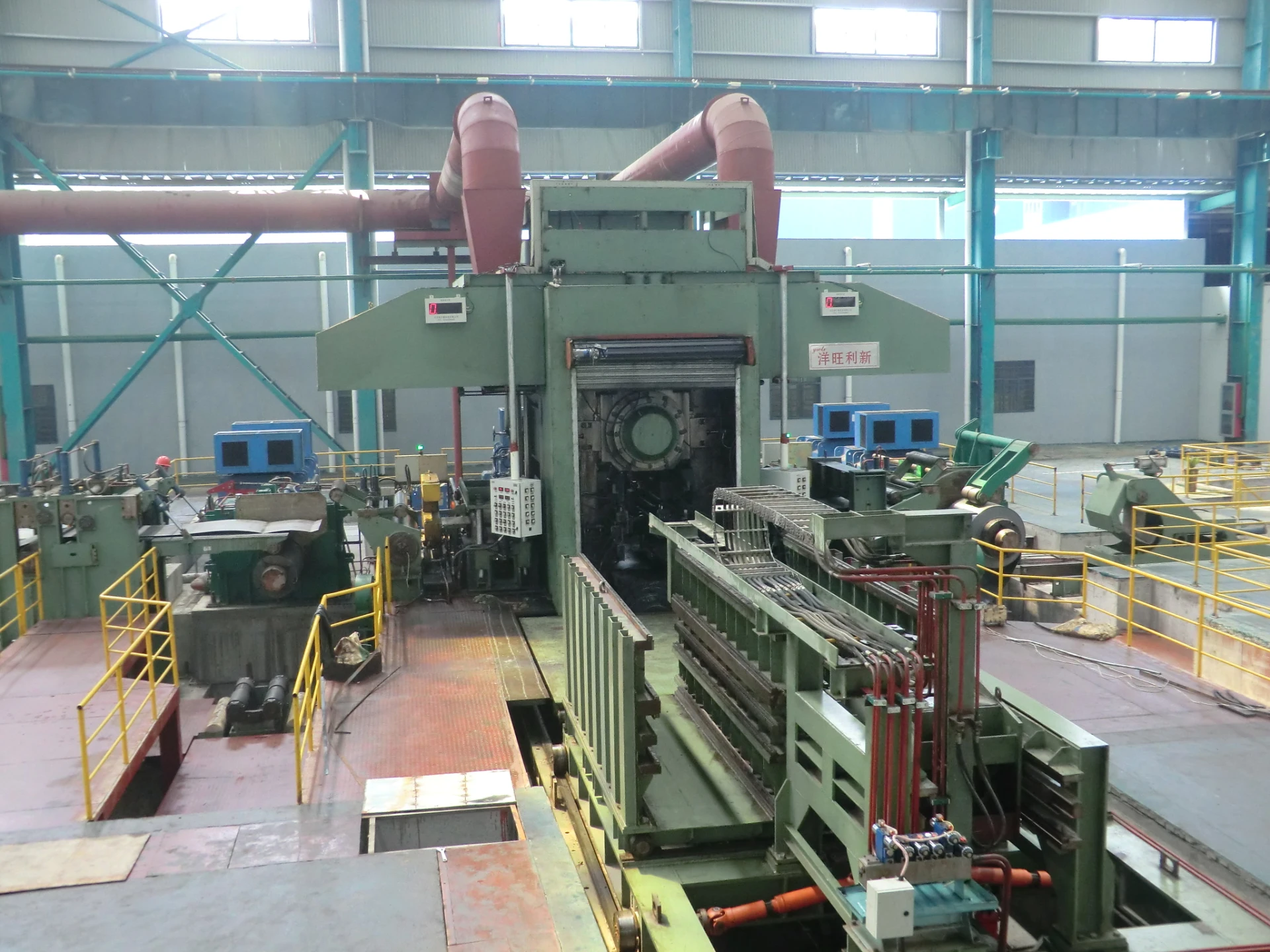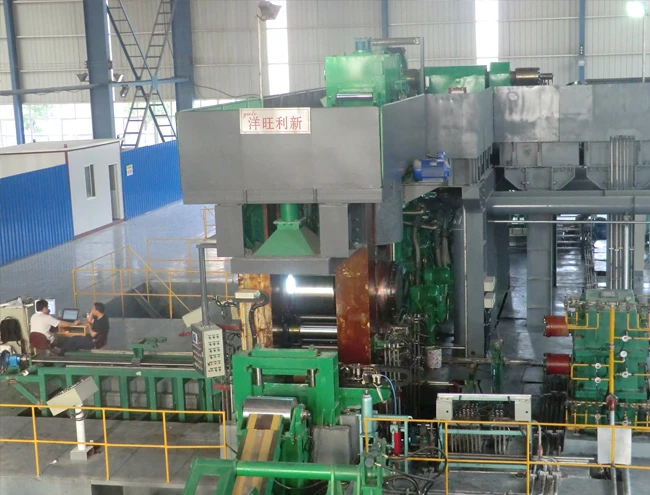
The Key Role of Tandem Cold Rolling Mill in the Production of Ultra-Thin Steel
The evolution of continuous rolling mills has been driven by the growing demand for thinner, stronger, and more formable steel products. Industries such as electric vehicle battery manufacturing and flexible display technology require ultra-thin steel foils that traditional hot rolling cannot produce. By leveraging the synchronized operation of a tandem rolling mill, manufacturers can achieve these stringent specifications while maintaining high production speeds and cost efficiency.
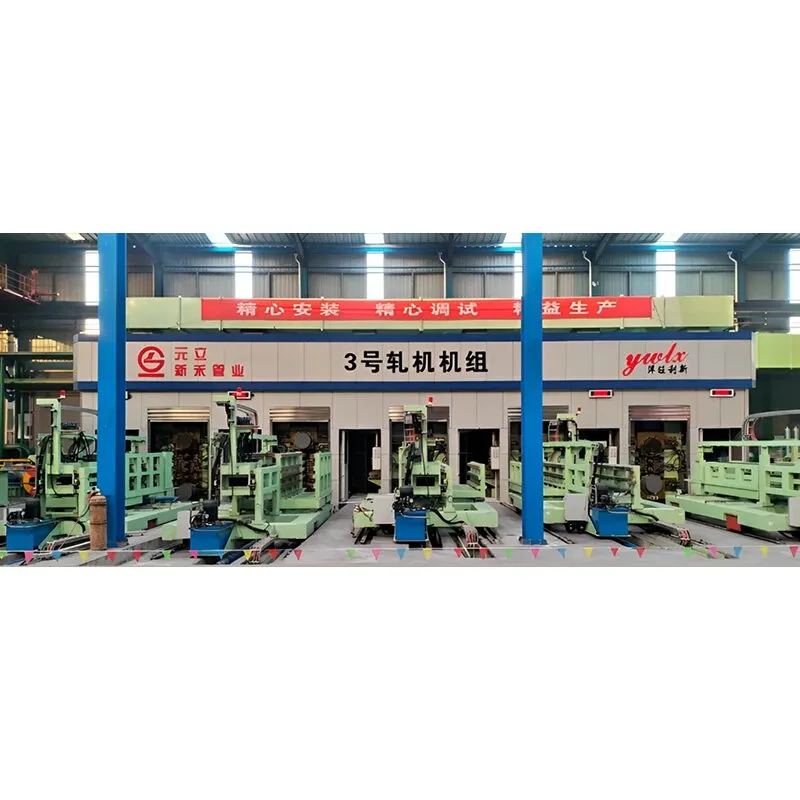
Advanced Control Systems in Modern Tandem Cold Rolling Operations
The production of ultra-thin gauge steel would be impossible without the sophisticated tandem cold metal rolling mill control architectures that govern modern installations. These systems represent a convergence of mechanical engineering, materials science, and computer technology, creating a manufacturing environment where human operators supervise rather than directly control the rolling process.
At the core of these control systems lies Automatic Gauge Control (AGC), which utilizes multiple feedback loops to maintain consistent thickness. X-ray or gamma-ray thickness gauges positioned after each stand provide real-time measurements, while hydraulic positioning systems adjust roll gaps within milliseconds to compensate for any deviations. Modern tandem cold mills employ a combination of feedforward and feedback AGC systems—anticipating disturbances based on incoming material properties while continuously correcting based on actual output measurements.
Shape control in continuous rolling mills has seen particular advancement in recent years. Laser-based flatness measurement systems scan the strip width at high frequency, detecting minute crown or edge wave formations. This data feeds into sophisticated algorithms that adjust roll bending forces, roll coolant patterns, and interstand tension distribution. The latest generation of tandem rolling mill controls can even predict and prevent shape defects before they fully manifest, using machine learning models trained on years of operational data.
The integration of Industry 4.0 technologies has further enhanced tandem cold metal rolling mill control capabilities. Digital twin systems create virtual replicas of the physical mill, allowing engineers to simulate process changes and predict their outcomes before implementation. Cloud-based analytics platforms aggregate data from multiple mills worldwide, identifying optimal rolling strategies for specific steel grades and target thicknesses. These advancements have been particularly valuable in pushing the boundaries of ultra-thin steel production, where traditional trial-and-error approaches would be prohibitively expensive and time-consuming.
Tandem Cold Rolling Mill: Industrial Applications Driving Ultra-Thin Steel Demand
The capabilities of modern tandem cold rolling mills have enabled the development of steel products that were previously unimaginable, finding applications across multiple high-tech industries. Perhaps the most demanding application exists in the electronics sector, where steel foils thinner than 0.1mm serve as substrates for flexible displays and printed electronics. The dimensional stability and surface finish achieved through tandem cold metal rolling mill control are essential for these applications, where micrometer-level defects can render entire production batches unusable.
The automotive industry's shift toward electrification has created another major demand driver for ultra-thin steel products. Lithium-ion battery casings for electric vehicles require steel foils with thicknesses between 0.2-0.4mm, combining high strength with exceptional formability. Continuous rolling mills produce these materials with the consistency required for mass production, while subsequent coating processes add necessary corrosion resistance and electrical properties. The ability to maintain tight thickness tolerances across wide coils (up to 2000mm) allows manufacturers to maximize material utilization in battery pack assembly.
Packaging represents another growth area for ultra-thin steel products, particularly in food and specialty chemical containers. The tandem rolling mill-produced thin gauges enable significant material savings without compromising container integrity, while advanced surface treatments ensure compatibility with sensitive contents. Recent developments in ultra-thin laminated steels combine the strength of cold-rolled substrates with polymer layers, creating lightweight yet durable packaging solutions.
Emerging applications continue to push the boundaries of what tandem cold mills can achieve. Medical device manufacturers increasingly utilize ultra-thin stainless steels for implantable components, where the material's biocompatibility and precision dimensions are critical. The aerospace sector explores cold-rolled steel foils for vibration damping applications, taking advantage of the material's consistent mechanical properties across large areas. Each new application brings unique requirements that drive further innovation in rolling technology and process control.
-
Indian Clients Visit YWLX to Inspect Skin-pass MillNewsJun.22,2025
-
Typical Products from Reversing Cold Rolling ProcessNewsMay.26,2025
-
Surface Finish Improvement through Skin Pass RollingNewsMay.26,2025
-
Integration of AGC Systems in Modern Cold Rolling MillsNewsMay.26,2025
-
Cold Rolling in the Context of High-Strength Steel DemandNewsMay.26,2025
-
AGC in Hot Rolling Mills: Challenges and SolutionsNewsMay.26,2025
-
Why Reversing Cold Rolling Mills Are Ideal for Specialty MetalsNewsMay.13,2025




